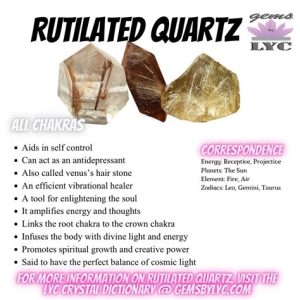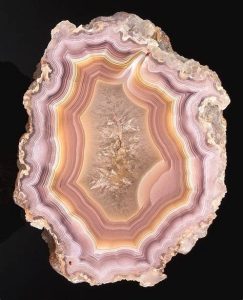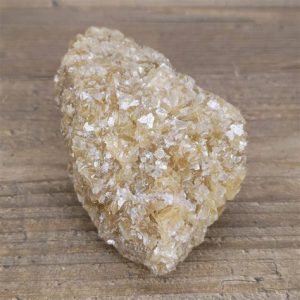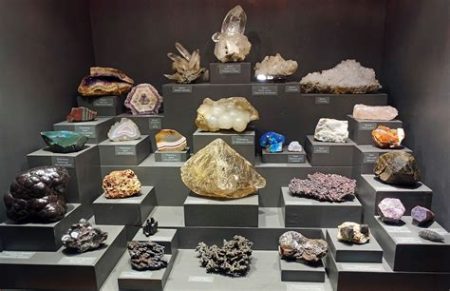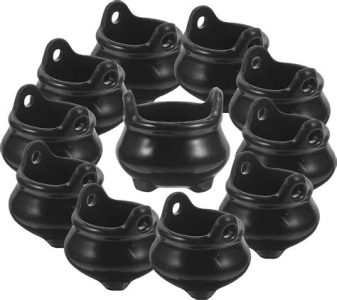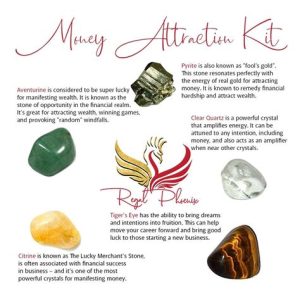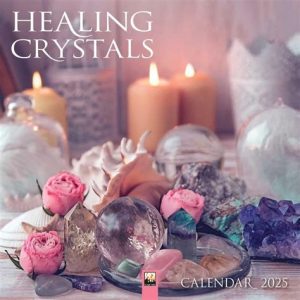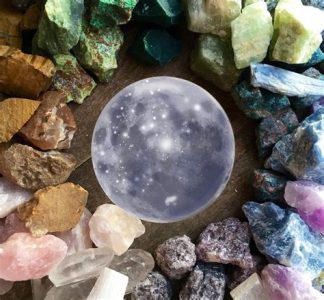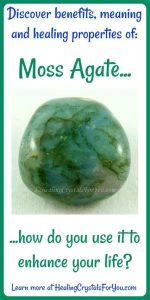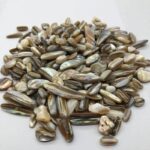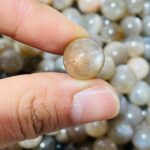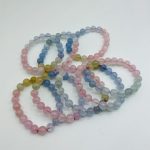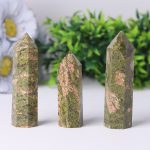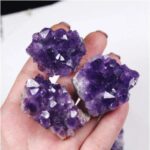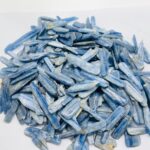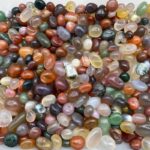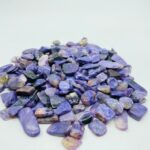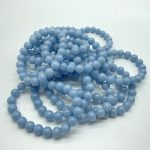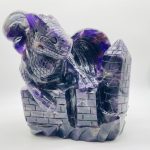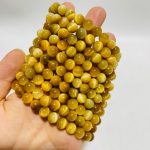Fluorescence is a fascinating phenomenon that occurs when certain materials absorb energy from ultraviolet (UV) light and then emit it as visible light. This process is what makes objects “glow” under blacklight.

Common Materials that Glow in Blacklight
A wide variety of materials glow under blacklight, including:
- White fabrics: Most white fabrics contain optical brighteners, which are chemicals that absorb UV light and emit blue light. This gives white fabrics their bright appearance under blacklight.
- Tonic water: Tonic water contains quinine, a compound that fluoresces blue under blacklight.
- Scorpion venom: Scorpion venom glows blue under blacklight, which can be used to detect scorpions in the dark.
- Minerals: Many minerals, such as calcite and fluorite, fluoresce under blacklight.
- Some plants: The leaves and flowers of some plants, such as marigolds and daisies, fluoresce under blacklight.
Applications of Fluorescence
Fluorescence has a wide range of applications, including:
- Medical diagnostics: Fluorescence can be used to detect and diagnose a variety of medical conditions, such as cancer and tuberculosis.
- Forensic science: Fluorescence can be used to analyze evidence, such as bloodstains and fingerprints.
- Industrial inspections: Fluorescence can be used to inspect products for defects and contamination.
- Security: Fluorescence can be used to mark valuable items and to detect counterfeit products.
- Entertainment: Fluorescence is used in a variety of entertainment applications, such as glow sticks and blacklight parties.
How to Make Things Glow in Blacklight
There are a few ways to make things glow in blacklight:
- Add optical brighteners: Optical brighteners are chemicals that absorb UV light and emit visible light. They can be added to fabrics, paints, and other materials to make them glow under blacklight.
- Use fluorescent dyes: Fluorescent dyes are chemicals that absorb UV light and emit visible light. They can be added to liquids, gels, and other materials to make them glow under blacklight.
- Expose to UV light: Some materials, such as white fabrics and tonic water, will glow under blacklight simply by being exposed to UV light.
Benefits of Fluorescence
Fluorescence offers a number of benefits, including:
- Increased visibility: Fluorescence can make objects more visible in the dark, which can be useful for safety and security applications.
- Improved diagnostics: Fluorescence can be used to detect and diagnose a variety of medical conditions, which can lead to better patient outcomes.
- Enhanced analysis: Fluorescence can be used to analyze evidence and products, which can help to improve quality and safety.
- Creative expression: Fluorescence can be used to create unique and eye-catching effects in art, design, and entertainment.
Conclusion
Fluorescence is a fascinating and versatile phenomenon that has a wide range of applications. By understanding the principles of fluorescence, you can use it to create unique and exciting effects in a variety of fields.
Questions to Consider
- What are some other materials that glow in blacklight?
- How can fluorescence be used to improve safety?
- What are some creative ways to use fluorescence?
- How can fluorescence be used to benefit society?
Additional Resources

